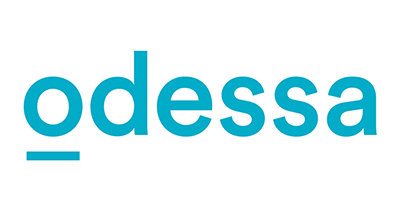
Solifi™, a global fintech software partner for secured finance, announced the release of its latest version of Solifi Asset-Based Lending (ABL) software, which includes several new and enhanced features designed to provide a richer experience for customers and lenders, mitigate risk, and streamline processes.
As more ABL finance lenders move their business operations to the cloud and adopt a software-as-a-service (SaaS)-first strategy, Solifi’s ongoing product development delivers innovation at a rapid pace through its open finance platform.
“We are always looking to enhance our ABL software to make the customer experience better, provide more control over risk, and deliver greater process efficiency through our platform,” says Bill Noel, chief product officer (CPO) of Solifi. “Our SaaS-based open finance platform enables the rapid release of new features to bring innovations to our ABL lenders and customers faster than traditional upgrade cycles and without disrupting their business.”
This latest quarterly release of Solifi’s ABL software brings significant new value to customers, including:
Elevated customer experience:
- Enhanced ABL borrower portal with 24/7 self-service functionality gives customers credit line access, financial information, and user administration – anywhere, any time – empowering them to manage their accounts, while reducing administrative tasks by lenders.
Increased risk management:
- Greater risk controls for demand deposit accounts (DDAs) – the addition of a maker checker process (e.g., dual approval to verify transaction changes) reduces the risk of unauthorised actions and internal fraud.
- EQ Riskfactor partnership provides actionable insights for ABL lenders to maximise loan performance, minimise risk, and predict creditworthiness or likelihood of defaults through artificial intelligence (AI) modelling within a single dashboard.
Process efficiency:
- Streamlined end-of-day (EOD) and end-of-month (EOM) batch processes increase ABL lender productivity by scheduling updates and fully automating repetitive daily and monthly tasks, eliminating manual checklists, improving timeliness of reporting, and removing potential compliance breaches due to human error.

